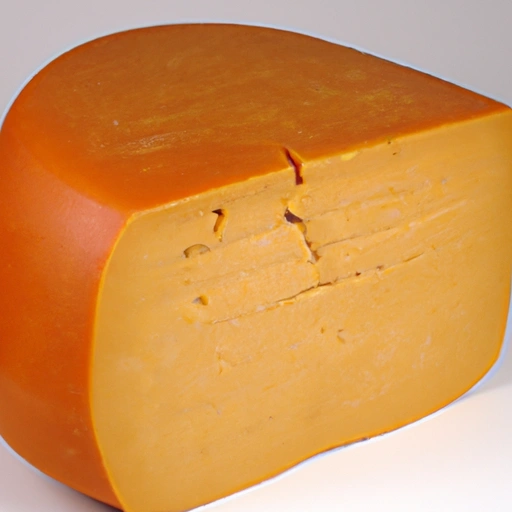Kashkaval
Description

Kashkaval is a type of yellow sheep's milk cheese originating from the Balkans. Made from sheep or cow's milk (or a combination of both), it is similar in texture and flavor to Italian provolone or a firm cheddar, with a slightly tangy and salty taste. Kashkaval is known for its smooth, dense texture and its ability to melt well, making it a versatile cheese for cooking. It is used in a variety of dishes, from appetizers to main courses, and is a beloved ingredient in many cultures.
Common uses
Kashkaval cheese is commonly used as a table cheese, served alongside breads, olives, and cured meats. It is also a popular choice for grating over dishes, melting into sauces, or as a key ingredient in baked goods. Due to its melting properties, kashkaval is a favorite for creating a golden, cheesy crust on top of casseroles and pastas.
Nutritional value
Calories
Approximately 356 calories per 100 grams (1.8 oz/≈3.5 tablespoons).
Protein
Contains about 22.5 grams of protein per 100 grams (1.8 oz/≈3.5 tablespoons).
Fat
Approximately 26.9 grams of total fat, with 17.7 grams being saturated fat, per 100 grams (1.8 oz/≈3.5 tablespoons).
Carbohydrates
Contains about 4.5 grams of carbohydrates per 100 grams (1.8 oz/≈3.5 tablespoons).
Vitamins
Source of Vitamin A and some B vitamins, particularly B12.
Minerals
Provides calcium and phosphorus, important for bone health.
Health benefits
Kashkaval cheese is a good source of protein and calcium, which are essential for muscle function and bone health. The presence of B vitamins, particularly B12, supports metabolic processes and helps in maintaining healthy nerve cells.
Potential risks
Due to its high saturated fat content, excessive consumption of kashkaval cheese may contribute to increased cholesterol levels and heart disease risk. Individuals with lactose intolerance or dairy allergies should avoid kashkaval.
Common recipes
Kashkaval cheese is used in traditional Balkan dishes like kashkaval pane (breaded and fried cheese), stuffed peppers, and banitsa (a Bulgarian pastry). It's also found in Middle Eastern cuisine, in snacks like kashkaval stuffed pitas.
Cooking methods
Kashkaval can be grilled, fried, melted, and baked, making it suitable for a variety of cooking applications.
Pairing with other ingredients
Pair kashkaval cheese with full-bodied wines such as Cabernet Sauvignon, or enjoy it with ales and lagers when serving as part of a cheese platter.
Summary
Kashkaval cheese is a semi-hard, yellow cheese that is versatile in the kitchen and enjoyed for its rich taste and excellent melting properties. With origins in the Balkans, kashkaval has become a popular ingredient worldwide for various dishes. While it offers several nutritional benefits, it's important to consume it in moderation due to its high saturated fat content. Kashkaval can enhance the flavor profile of any meal and is an excellent cheese to experiment with in different culinary traditions.